It's too early to tell how many of New Hampshire’s 75,000 Supplemental Nutrition Assistance Program recipients have started to lose benefits due to changes in federal work requirements, which took effect Nov. 1.
The One Big Beautiful Bill Act, signed by President Donald Trump on July 4, changes who can receive an exemption to work requirements for SNAP, as well as capping future allotments, and shifts more program costs onto states.
“The department will comply with federal requirements in the One Big Beautiful Bill Act and is continuing to evaluate the legislation’s impact on SNAP administration,” Kathy Remillard, deputy communications director for the state Department of Health and Human Services, wrote in a Nov. 4 email. DHHS manages the state aspects of SNAP, such as enrollment.
Additional information, such as what the process looks like, where the department is in creating it, and the number of people impacted, was not provided. According to the U.S. Department of Agriculture website, a recipient's work requirements should be reviewed during their screening, which take place every six to 12 months.
“You can live [without shelter], honestly. A lot of them do it — live on the streets, live in the woods, live in a tent — but without the food and water, the air and shelter are kind of unnecessary, because you’re non-existent,” said Chris Whittin. He’s received SNAP benefits for about four years, including periods when he’s been unhoused, and now volunteers with Isaiah 61 Cafe in Laconia.
According to the New Hampshire Fiscal Policy Institute, an average of 2,100 Laconia residents receive SNAP funds monthly, with another 5,200 recipients around the Lakes Region.
SNAP recipients must work, volunteer, or participate in a training program for at least 80 hours per month. Working for federal minimum wage for 80 hours a month, someone would earn $580 before taxes. The maximum net monthly income an individual can earn and qualify for SNAP is $1,255. A family of four needs a net monthly income of $2,600 or less to qualify.
The program lists exceptions to work requirements, such as for people with mental or physical disabilities. The new policy makes four significant changes to exceptions:
- Increases the upper age exception to 65 or older. This has been increasing over the last several years, and reached 55 years old at the beginning of 2025.
- Previously, a household member responsible for a dependent child was exempt; however, under the new policy the exception only applies for children under the age of 14.
- People experiencing homelessness, veterans, and those under 24 who aged out of the foster system are no longer exempt.
- Those identified as “Indian or Urban Indian” and “California Indian” are now exempt.
The new policy also specifically restricts program access to U.S. residents who are also either citizens or lawfully admitted permanent residents. However, an undocumented individual’s income and financial resources are counted for determining a household's eligibility. According to the USDA, more guidance for states is forthcoming.
NH generally receives about $12.6 million monthly for SNAP recipients, DHHS Commissioner Lori Weaver told the NH Joint Fiscal Committee on Oct. 28. Funds go on an electronic benefits transfer, or EBT, card. These funds can be used on standard groceries, non-cooked food, infant formula, and baking ingredients, as well as seeds and saplings to grow food.
“Definitely SNAP is a great amenity,” Whittin said. “There are people, they sell their SNAP for alcohol.
"They’ll take their card, give the person their card for $0.50 on the dollar, or whatever it is. ‘You go spend this, you give me this in cash,’ and they have their money for their drugs. There is no perfect system, but without trying ... ”
In NH, SNAP can’t be used for alcohol, tobacco, non-food essentials such as cleaning products and soap, drugstore medications, pet food or “hot” prepared food, according to DHHS. While states such as Arkansas, Idaho and Utah have expanded the list to include soda and candy, NH has not.
State legislators have proposed two bills related to SNAP benefits for the 2026 session. One has to do with funding for the program, and the other is about eligibility, regulation and use. The full text of the bills is not yet available.
Maximizing impact
For NH recipients, SNAP benefits can go farther through the Market Match and Double Up NH programs — which provide funds to farmers markets, farm stands and mobile markets; and retailers respectively.
“The goal of these programs is increasing affordable access to locally grown food,” said Stacie Merrifield, culinary and nutrition programs director with NH Food Bank, which manages the programs. Currently, 89 locations participate in the programs. “We’re always brainstorming ways to increase the allotment.”
Nichole Hunter, Wolfeboro Area Farmers Market manager, said the program helps both SNAP recipients and vendors at the market. Like many farmers markets in the area, the Wolfeboro market has tokens attendees can purchase using debit or EBT, which can be used only for market vendors. When somebody uses an EBT card, they receive additional tokens through the Market Match program. Vendors trade the tokens back in for the equivalent in cash.
These additional dollars, Hunter said, help make up the cost difference in shoppers’ budgets between fresh local produce and mass-produced items at chain stores. It also gets more people shopping at the market, which helps it be successful. In addition to Market Match funds, the market collects donations to support the program, and will change the match based on funds available for the season.
Merrifield said community support donations are one way to keep these programs running, because it allows the market to fundraise and act on its own.
The Wolfeboro Area Farmers Market and SNAP have provided access to better food and improved health for Allison Cline. She’s disabled, and was experiencing fast food addiction and agoraphobia — fear of leaving the house. Through the Wolfeboro Area Farmers Market, she ordered ahead and purchased fresh produce using SNAP benefits.
This access, plus pushing herself to make cooking a hobby, meant Cline lost over 50 pounds. She’s privileged to be a recipient, Cline said, because she could get passionate about food without additional responsibilities, such as kids.
Cline joined the Wolfeboro Area Farmers Market board and is now finding other ways to volunteer, such as with Makers Mill in Wolfeboro. She said her experience is not unique.
“Agriculture isn’t easy or profitable. I don’t think there’s any farmer who hasn’t received or been close to receiving SNAP benefits,” she said.
Rising costs
Those who benefit from SNAP and those who work to support it agree, benefits don’t last the month.
“SNAP benefits typically don't last through the month, but they're critical,” said Laura Milliken, executive director of NH Hunger Solutions. “It gets you through the first three weeks, or whatever it gets you, and the notion that those dollars would be gone is really terrifying.”
Recipients of SNAP benefits are expected to spend about 30% of their income on food.
Program participants also face changing prices at the grocery store, which stop dollars from going as far.
“When COVID happened, SNAP benefits went up, and they’ve come down since then,” said Dawn Longval, founder of Isaiah 61 Cafe, which serves hot meals twice a day Monday through Friday. Isaiah also runs a shelter, offers pantry items, and provides other assistance for those in need.
“We’ve had to help with apartments more than ever before, because of the cost of housing. They’re trying to survive with their food as well. We’ve definitely seen more of those 85 [average daily diners] with apartments that didn’t have to come before, but are coming because their budgets are so small.”
According to the USDA Food Price Outlook report, cost of grocery store food purchases increased 0.4% from July to August this year, and 2.7% from August 2024.
The report also predicts a historic average growth rate for 2025, with overall prices predicted to increase by 3%, supermarket prices by 2.4%, and restaurant prices by 3.9%.
Filling the gap
While SNAP participation is an indicator of food insecurity, it doesn’t show the whole picture. According to Feeding America, an estimated 7,300, or 11.4%, of Belknap County residents experience food insecurity. Of those, 49% earn above the income threshold to receive SNAP in 2023.
This creates a gap between what’s needed and what’s offered.
Elsy Cipriani, executive director of NH Food Bank, said much of the organization’s effort goes toward closing that enrollment gap. She’s concerned about funding for those efforts.
“Even though a good number of New Hampshire residents qualify for SNAP, they don’t know that they qualify, or the ones that qualify don’t have the assistance to apply,” she said. “If cuts come to the SNAP program overall, this program is also going to be affected. We don’t know how, but most likely, not just the outreach, but also the incentives, because the less people that are eligible and have access to SNAP, the less people that we have to apply for incentives and to do outreach.”
In Laconia, meals at places like Isaiah Cafe, Hands Across the Table on Wednesday nights, Real Life Church lunches on Sundays, and food pantries across the region, fill that gap, helping supplement after benefits run out for the month.
“I think this place that runs five days a week for breakfast and lunch, fills a big gap,” Whittin said of Isaiah Cafe. “We can look at it the opposite way. Where would our friends be, including myself at times, without this food allowance.
"If they’re a little tipsy, or a little, you know, maybe they’re going there. So they can get food, and food will help them to mellow out.”
Michelle Jewett said at the end of the month, when people are out of benefits, more are going to food pantries, and “doing what they can to suffice.”
She receives SNAP benefits, and found housing earlier this year. Jewett would sometimes stay at the shelter at Isaiah Cafe while experiencing homelessness, and could be relied on to stay up if the regular attendant called out.
Jewett said there are many resources in Laconia. She’d eat at the cafe and attend Hands Across the Table meals at St Andre Bessette Parish Hall in Laconia.
“Every Wednesday night, they have dinner and it’s fabulous,” she said. “If there’s enough left over, [volunteers] bring it here or take it. I took almost 30 meals down to the gazebo [at times]. I was homeless, and I took it down to them so they could eat. They were so happy. I went to a friend’s house and I made sandwiches, a bunch of sandwiches for them.
"We make sure they have” food.
Jewett is now giving back to the organizations that helped her. She's now volunteering at Isaiah Cafe.
“I don’t have any money, but I can show my support in other ways.”
Filling the gap isn't easy, and the needs are only increasing. The Lakes Region Vineyard Church pantry in Laconia receives collections from Hannaford four days a week, as well as collected leftover crops after harvest, community food drive collections and USDA deliveries. Bob Lavoie, who supervises the pantry, said the pantry can handle about 75-80 boxes of food a week before "it's going to get really skimpy."
"In the spring, we were doing about 45 individuals or families per week," he said. "That includes walk-ins and deliveries. Right now, we're doing about 65 to 70 per week. In the last couple months, we've upped it by like 10 per month, and a lot of that is deliveries. We went from an average of, say, six deliveries in maybe February or March, and now we're doing 15 to 18 deliveries" each week.
What is now SNAP started in 1939, and was passed into federal legislation with the 1964 Food Stamp Act. The program has expanded since, moving to EBT in the ‘90s. In 2013, participation reached 47.6 million people. The last major changes made to the program were in the 2014 Agricultural Act, which clarified eligibility rules, strengthened program integrity, tested ways to connect SNAP participants to employment, and improved access to healthy food options, according to a DHHS timeline.
“It's just worth saying that SNAP has been around for 60 years, and is a program that exists to help everyone — all Americans — when we lose a job, when we have a health care crisis, when we can't work as many hours, because we're having to take care of our kids or to take care of our parents who need us. We're all potentially one crisis away from needing SNAP," said Milliken.
“It just doesn’t make any sense at this moment in time to rip it apart.”






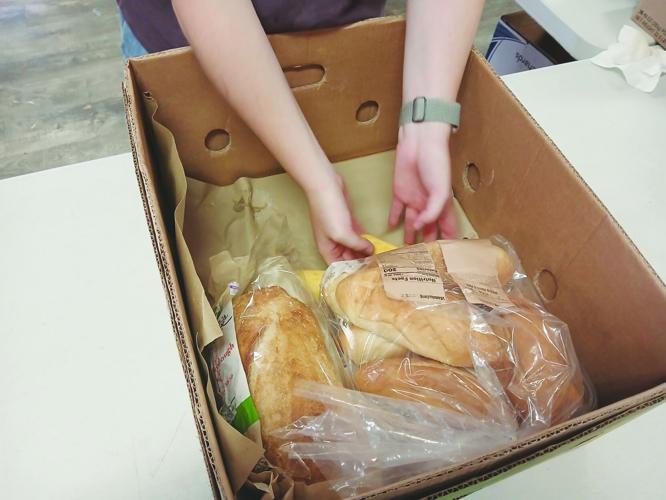
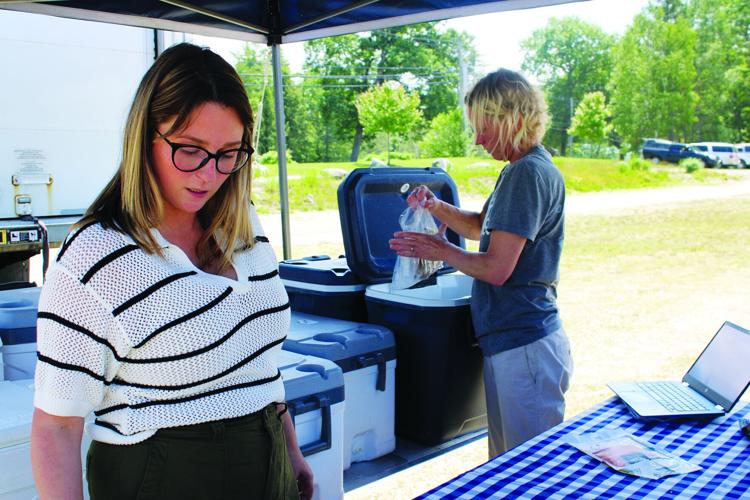
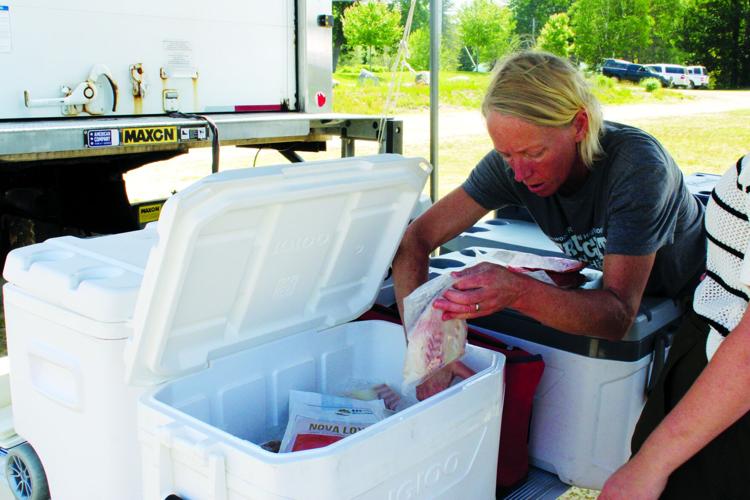

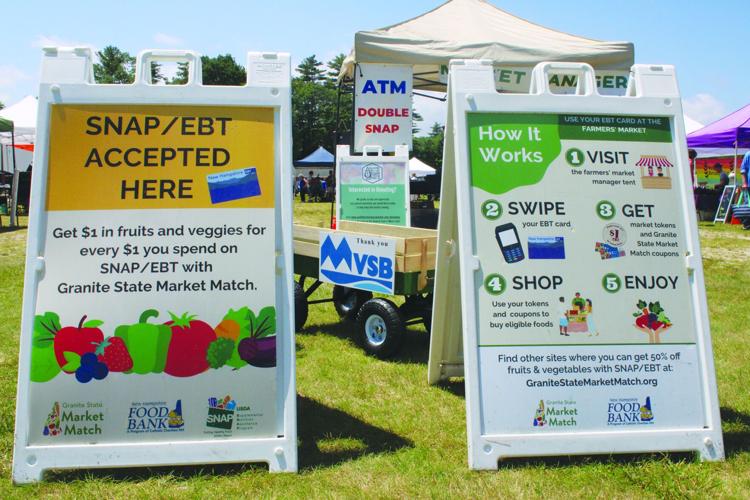
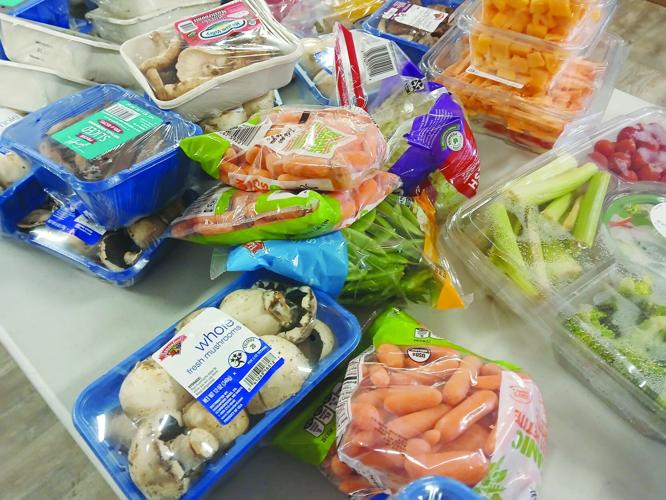











(0) comments
Welcome to the discussion.
Log In
Keep it Clean. Please avoid obscene, vulgar, lewd, racist or sexually-oriented language.
PLEASE TURN OFF YOUR CAPS LOCK.
Don't Threaten. Threats of harming another person will not be tolerated.
Be Truthful. Don't knowingly lie about anyone or anything.
Be Nice. No racism, sexism or any sort of -ism that is degrading to another person.
Be Proactive. Use the 'Report' link on each comment to let us know of abusive posts.
Share with Us. We'd love to hear eyewitness accounts, the history behind an article.